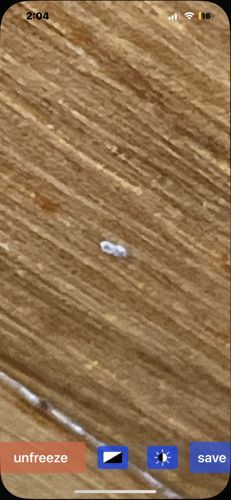Booklouse
Scientific Name: Psocoptera (various genera, e.g., Liposcelis)
Order & Family: Psocoptera (Booklice and Barklice), diverse families including Liposcelididae
Size: 0.5 mm to 2 mm (some larger species exist, but indoor ones are usually tiny)

Natural Habitat
Booklice typically inhabit damp, warm, and dark environments. Indoors, they are commonly found in libraries, archives, stored food products, old books, paper, moldy walls, and areas with high humidity. Outdoors, they can be found on bark, leaves, and under rocks.
Diet & Feeding
Booklice feed primarily on microscopic mold, fungi, dead insect fragments, and starchy materials like glue from bookbindings, paper, paste, and cereals. They do not bite humans or pets.
Behavior Patterns
They are typically nocturnal and avoid light. They can multiply rapidly in favorable conditions (high humidity, warm temperatures, and food sources). They are often found in groups. Their presence indicates high humidity levels and often, mold growth.
Risks & Benefits
Potential Risks: Can cause damage to paper products, books, and stored food. Their presence can indicate underlying issues like high humidity and mold in a building. They are not known to transmit diseases or bite. Potential Benefits: In natural ecosystems, they play a minor role as decomposers, feeding on mold and detritus.
Identified on: 9/10/2025